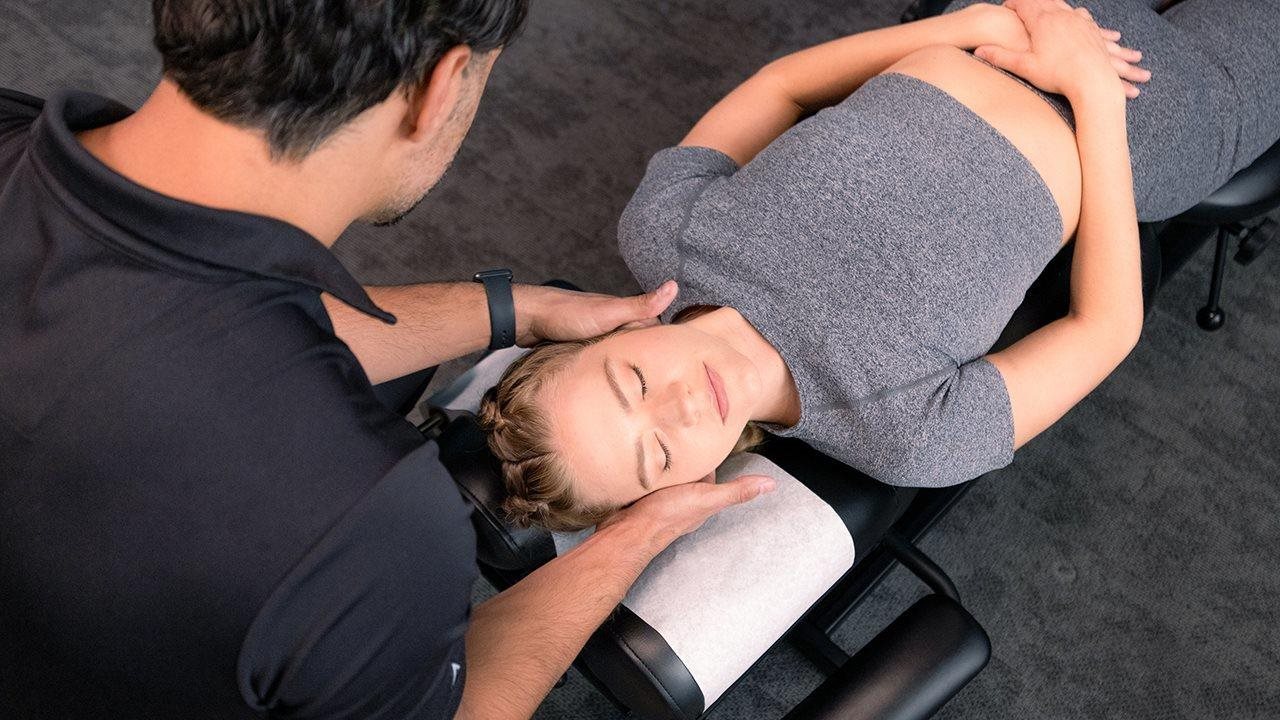Is your neck stiff and tight? Are your wrists aching after hours of typing? Do your back and shoulders hurt from lifting and twisting? These are some common signs of repetitive stress disorder (RSD). RSD doesn't happen out of the blue. The repetitive strain can cause microtears in your soft tissue, causing pain that comes and goes but never seems to lessen.
RSD can happen to anyone. While jobs that are physically demanding, like construction and trade professions, can increase your chance of RSD, any job that includes repetitive motion can lead to pain, stiffness and reduced range of motion, and swelling of your joints and muscles. That means office professionals, retail and food service workers, and health care providers can be affected, among others.
The good news is that RSD is treatable. Read on to learn about four ways you can take care of your body that may help ease your pain.
1. Lifestyle changes
Your daily habits can sometimes be the cause of your pain. From poor posture or lack of movement to too much movement, what you do and how you do it can create or worsen a repetitive stress injury.
Think about how you can make simple changes to your lifestyle habits. For example, take regular breaks during work to gently stretch, change positions often, drink plenty of water and alternate tasks to avoid overuse of the same muscles and joints.
2. Ergonomics
Your workspace should work for you, not the other way around. Consider your work environment and identify changes you can make to support your posture.
Sometimes all it takes is adjusting your chair height and repositioning your screens. However, if you spend hours at a desk, consider using a standing desk. A standing desk is a great tool that can help make you more aware of your posture, reduce strain and encourage movement throughout your workday.
3. Chiropractic care
Chiropractic care may be able to help your body recover from repetitive strain injuries. When you repeat the same movement, your joints can lose mobility, muscles become tight and nearby nerves become compressed. Because chiropractic adjustments may help improve joint motion, reduce muscle stiffness and relieve pressure on nerves, you may regain comfortable, confident movement.
Consider visiting a chiropractic clinic like The Joint Chiropractic, the nation's largest provider of chiropractic care. Known for its retail setting and concierge-style services, you can visit a Joint location near you without making an appointment or dealing with insurance. Not sure you can fit a chiropractic visit into your busy schedule? Thanks to The Joint's accommodating hours of operation, including evenings and weekends, you can find a time that works best for you.
4. Posture
Poor posture, whether sitting or standing, makes your body work harder and causes daily strain. Start to notice your posture and consider how you can improve it. Avoid slouching when sitting or standing. If you repeatedly lift objects throughout the day, make sure to squat with a straight back and lift with your legs. Retraining your posture may be difficult at first, but the time you take to correct it can pay off in the long term.
Maintaining better posture has the potential to reduce stress on muscles, tendons and joints, and may help prevent repetitive strain injuries. Keeping your body more aligned may allow tissues to work more evenly, support circulation and reduce nerve compression. Simple adjustments, like supporting your lower back, keeping wrists straight while typing or keeping elbows closer to your body may allow you to protect against strain and support recovery.
Bodies are adaptable, and with the right support, they can reset and reconnect with the strength and ease that movement is supposed to bring. Learning how to recognize pain at an early stage and how to move forward with more comfort, freedom and control is key to a healthier and better life.
Using these tips, you can address your RSD and get on the road to feeling better in your body. To learn more about RSD and how chiropractic care may help you manage your pain, visit TheJoint.com.



